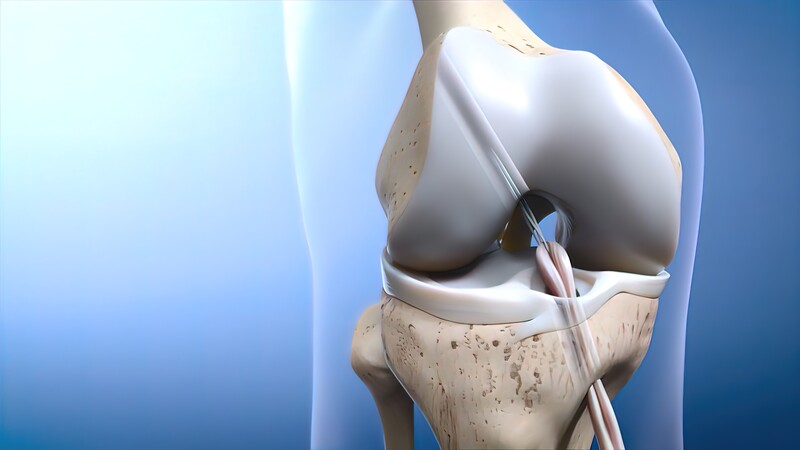
Role of Ziatozone Gel in Recovery from Anterior Cruciate Ligament (ACL) Surgery
Introduction
Anterior cruciate ligament (ACL) repair or reconstruction is one of the most common procedures among athletes and patients with severe knee ligament tears. Once surgery is complete, the rehabilitation phase begins—requiring meticulous care to accelerate connective‑tissue healing, reduce swelling, and alleviate pain. In this article, we explore how Ziatozone Gel can support this critical recovery period and enhance functional outcomes.
1. What Is the ACL and Why Is It Repaired?
Anterior Cruciate Ligament (ACL): A key stabilizer in the knee, connecting the femur to the tibia and preventing excessive forward movement of the shin.
Mechanism of Injury: ACL tears often result from sudden pivoting or a forceful landing during sports like football, basketball, or skiing.
Importance of Surgical Repair: A complete tear compromises joint stability and, if left untreated, can lead to cartilage damage and accelerated osteoarthritis.
2. Stages of Post‑Operative ACL Rehabilitation
Phase I (0–2 Weeks):
Goals: Minimize swelling and pain; preserve basic knee range of motion.
Interventions: Rest, elevation, and ice application.
Phase II (2–6 Weeks):
Goals: Reestablish quadriceps and hamstring activation.
Interventions: Gentle strengthening exercises; partial weight‑bearing ambulation with crutches.
Phase III (6–12 Weeks):
Goals: Increase resistance training and proprioceptive exercises.
Interventions: Progressive loading drills to improve stability and muscular endurance.
Phase IV (3–6 Months):
Goals: Gradual return to sport‑specific activities.
Interventions: Plyometric drills and change‑of‑direction exercises to condition the graft for athletic demands.
3. How Ziatozone Gel Works and Its Benefits after ACL Surgery
Enhanced Local Oxygenation: Ozone‑oxidized oil increases tissue oxygen levels, accelerating the repair of the reconstructed ligament.
Anti‑Inflammatory & Decongestant Effects: Devil’s claw extract and camphor reduce local inflammatory responses and edema, promoting a faster healing environment.
Soothing Thermal Response: Menthol delivers an initial cooling effect followed by gentle warmth, relaxing surrounding muscles and improving mobility.
Collagen Support: Added amino acids stimulate collagen synthesis and strengthen the new ligament graft.
4. Optimal Post‑Surgical Application Protocol
Timing: Begin gel application 48 hours after surgery, in consultation with your surgeon or physical therapist.
Dosage: Apply a 1–1.5 cm strip of gel along both sides of the surgical incision and around the knee.
Massage Technique: Gently rub in circular motions for 2–3 minutes to promote absorption and stimulate circulation.
Frequency: Use twice daily—morning and evening—and before each physical‑therapy session.
Precautions: Do not apply directly onto open wounds; wait until sutures or incisions are fully closed.
5. Supportive Tips for Successful ACL Recovery
Adequate Rest & Sleep: Aim for 7–8 hours nightly to facilitate growth‑hormone release and tissue regeneration.
Weight Management: Maintain a healthy body weight to reduce undue stress on the healing knee.
Balanced Nutrition: Ensure sufficient protein intake, plus vitamin D and calcium, to support bone and connective‑tissue health.
Adherence to Physical Therapy: Consistent participation in your prescribed exercise regimen restores stability and range of motion safely.
Conclusion
Ziatozone Gel serves as a powerful adjunct in ACL postoperative care, thanks to its anti‑inflammatory, oxygenation‑enhancing, and collagen‑supporting properties. By following the recommended application steps and combining them with proper rehabilitation and lifestyle measures, patients can achieve faster, safer recovery and more reliable restoration of knee function. Always consult your medical team before incorporating any new treatment.